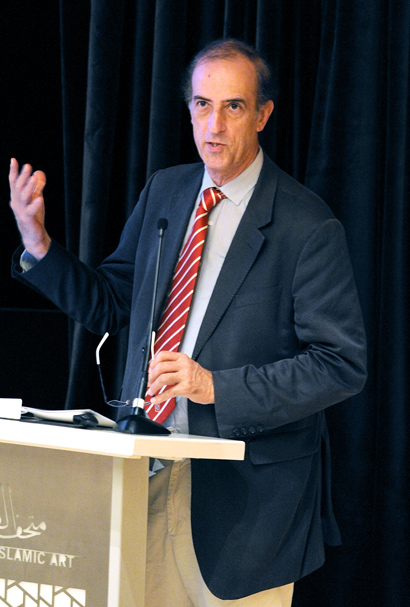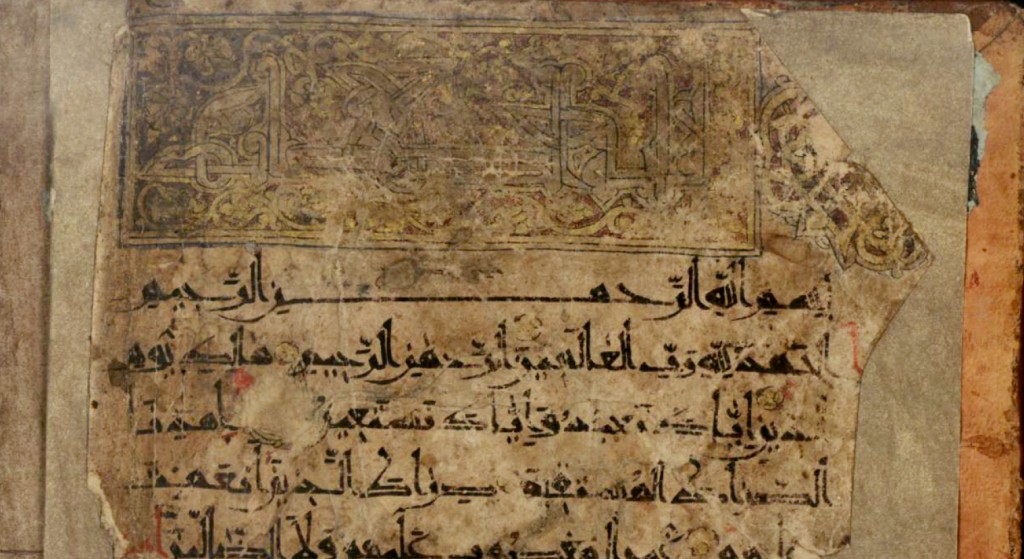The art historian Dr. Griselda Pollock, best known for her work on feminist art history, recently published a short essay in response to a computer vision research paper written by Babak Saleh, Kanako Abe, Ravneet Singh Arora, and Ahmed Elgammal. The project, called “Toward Automated Discovery of Artistic Influence,” uses computer vision algorithms and machine learning techniques to find compositional similarities between paintings. Dr. Pollock is quite critical, not of the project’s implementation, about which she appears to have no interest, but of the terms in which it is framed and its purported goals.
Some of Dr. Pollock’s objections are flimsy. Her claim that this algorithm buttresses the Western Art Historical Canon is trivial, easily addressed by adding works from non-western artists and craftsmen to the corpus of images for comparison. More opaque are her comments about the algorithm’s possible complicity in the art market’s perpetuation of this same canon via a shared emphasis on connoisseurship. In light of the global flow of capital her assumption that auction houses are currently invested in the defense of a single, Western canon is questionable. Granted, these are minor points in her critique.
Others are more serious. She goes so far as to assert that computers have no place in art history:
Even at the most basic level, machines would not be helpful in developing these larger narratives. The idea that machines can see or notice what human beings do not is a fallacy, because the machine is only doing what it is told – and it is the programmers who are setting parameters. But those parameters are based on a woefully old-fashioned and dull misunderstanding of what art historians do, and what they look for.
Setting aside the fact that computers equipped with infra-red and multispectral sensors are literally capable of perceiving works of art in ways that humans cannot, Dr. Pollock does not support her unqualified dismissal of technology. Her objection that the algorithm is based on a “woefully old-fashioned and dull misunderstanding of what art historians do” is not proof that computers cannot contribute to developing larger art historical narratives, but in fact an argument for why art historians should be involved in designing such algorithms.
Dr. Pollock’s critique suffers from her own failure (one might go so far as to call it woeful) to grasp the methodological standards of another discipline. If we recognize that computer scientists solve complex problems by first breaking them up into discrete tasks that can be reintegrated once solved, then it makes little sense to chastise them for failing to program an artificially intelligent art historian that operates in accordance with current methodological trends. We might instead congratulate them on beginning to solve one of its many components.
The big question is not that Caillebotte (one of the examples given) was influenced by Degas. Instead it is what he did with that “Degas-ness”. Did he get what Degas was doing?
If we are to use computers to help us answer broader social questions about art, they must first be able to recognize compositional, technical, and iconographic parallels between works – just as any student of art history must. Many of the uninspiring or quirky compositional comparisons produced by this particular algorithm would be perfectly at home in a freshman’s first awkward writing assignment.
Dr. Pollock’s essay is marked not by the critical rigor of her superb art historical analysis, but instead by the anxiety of everyone who has ever seen their industry transformed by a new technology. Pollock sounds like a manuscript scribe writing a reaction essay to an early version of the printing press, pointing out its flaws and ignoring its revolutionary potential. However, this anxiety, like much anxiety about the digital humanities, is fundamentally misplaced. We are not going to be replaced by machines. Considering how cheap the labor of art historians currently is, it is doubtful that anyone will invest the time and money necessary to create a program that would do the myriad tasks that Dr. Pollock outlines. Anyone, that is, besides an art historian.
If members of our discipline want to ensure that the methodological insights of the last century make their way into digital art history, then we should spend less time criticizing the efforts of computer scientists and more time participating in them. Someday, perhaps even within the next decade, we may see the development of programs that combine text mining tools, visual object recognition algorithms, formal comparison algorithms, and social network analyses in order to produce highly contextualized studies of social art historical phenomena. Art historians must at least learn to use, or better yet to help develop, these technologies if we are to benefit from them rather than be rendered obsolete by them.
Ironically, Dr. Pollock’s article is illustrated by a photograph of a salon-style gallery that perpetuates the idea of art history as a discipline that defends an arbitrary and exclusive Western Canon. It is accompanied a propagandistic caption: “Thinking does not need machines.” Thinking may not need computers, but their ability to process enormous amounts of information systematically and quickly allows us to think about previously overwhelming questions in a new way. To blithely dismiss the utility of these tools is to willfully cripple one’s own discipline out of fear and misunderstanding.





